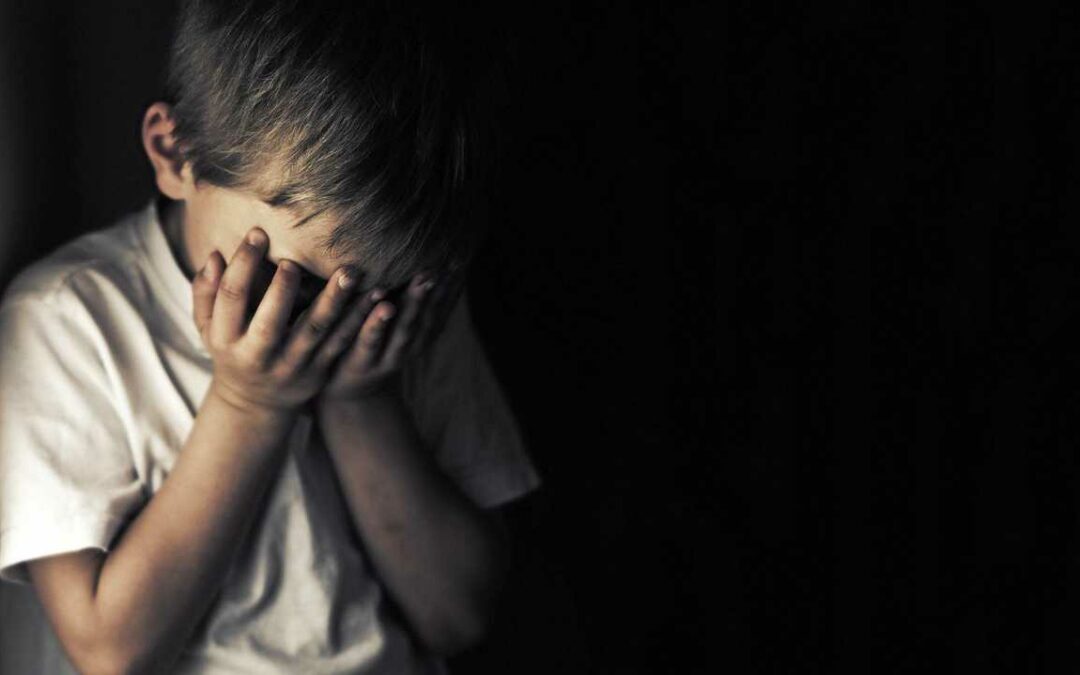As a parent, it’s difficult to see your little one struggling to sleep. Watching them toss and turn, wail, and scream is a truly heartbreaking experience. It’s even more baffling when you don’t know what’s causing it. Could it be nightmares, night terrors, or something else?
In this blog post, we’ll explain the difference between nightmares and night terrors, so you can know what to expect and how best to handle it.
Difference between Nightmares and Night Terrors
Nightmares are common among children, especially toddlers, and can happen for a variety of reasons. It could be caused by watching a scary movie, reading a spooky story, or even experiencing a frightening event. There is also a link between developmental leaps and an increase in nightmares. Nightmares tend to happen later in the night, during REM sleep. They usually occur during the second half of the night and can be remembered by the child when they wake up. You’ll notice your toddler trembling, sweating, crying, or calling your name, and they can be comforted quite easily.
Night terrors, on the other hand, are a bit different. They happen during non-REM sleep, typically during the first few hours of going to bed. A toddler experiencing night terrors might appear dazed, disorientated, and sometimes inconsolable. They might scream, cry or thrash around, and may not recognize your presence. Night terrors tend to run in families, and it’s believed to be caused by an overstimulated nervous system. They can be very scary for parents to observe but are generally not harmful to the child.
It’s important to note that you should not wake a child experiencing a night terror. This might worsen the situation and can make the child more upset and confused. The best thing to do in the event of a night terror episode is to make sure the child is safe, relax and wait for the attack to end. Once the episode is over, don’t stir your toddler as this could cause them to have another episode. Instead, gently guide them back to sleep.
How to decrease the chances of a nightmare or night terror.
There are some things you can do as a parent to help reduce the chances of both nightmares and night terrors from happening.
- Reassure your toddler that they are safe before bedtime. You can talk about happy memories, positive stories or read them a loving book to give them a good feeling before sleeping.
- Try to ensure that your toddler has a regular sleep schedule, with scheduled bedtimes and nap times. An overtired child will have a higher chance of experiencing night terrors.
- Use a low light in a very dim setting but ensure that you are not using any blue light. (For more information on what type of light you should use in your child’s room, read my blog post on the effects of light and sleep.)
In conclusion, understanding the difference between nightmares and night terrors can go a long way in helping you as a parent to alleviate your child’s stress and provide them with the appropriate soothing care while they sleep.
The fact remains that no matter the sleep issue, all toddlers need a comforting presence and lots of love from their parents. With a little patience and understanding, you and your little one will overcome any sleep disturbances that may arise, one dream at a time.
If you are looking for more information around nightmares and night terrors, healthychildren.org is a great resource and as always, discuss with your pediatrician if you feel there is something medically going on with your child.

